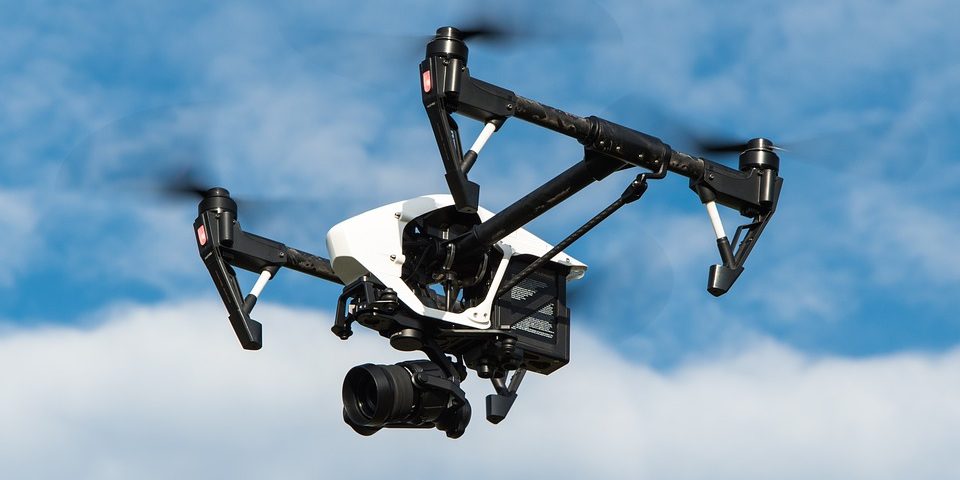Today drones are used all around the world for a variety of purposes and by many different people. But not everyone has the requisite knowledge, skills, and attention to detail, to safely fly even a small drone, let alone the bigger ones used by professionals like photographers. This is why owners of drones that weigh 250 grams and above are now required by UK law to register details of their aircraft. Such measures, according to the UK government, aim to “improve accountability and encourage owners to act responsibly.” On the other hand, professionals who use drones to render various services are required by law to register with the Civil Aviation Authority and hold a RPAS qualification. We are, of course, both CAA-registered and RPAS-certified as we have stated previously.
Unfortunately, many defy these drone laws and choose to operate their UAVs illegally. Such a decision is not only a serious breach of UK laws, but also an irresponsible act that puts people and properties in danger. Because illegally operating drones means you’re an accident waiting to happen, with those at fault nearly impossible to track largely due to the anonymity of being unregistered and uncertified.
Already, reports of drones crashing have become commonplace, with varying degrees of damage to properties and others even causing injuries to people. Privacy has become a serious concern too. More and more incidents of drones being piloted into private property are being reported to authorities, with one civilian in Lincolnshire shooting at a particularly intrusive drone with an air rifle. These incidents only underscores the dangers of irresponsible UAV use as the reported shooting could have been worse. What if that civilian had shot the drone and it had caused an accident? What if the owner of the drone had confronted the shooter?
Illegally operated drones are dangerous to airplanes as well. A Lottoland article titled ‘10 Inventions That Brought Us Together’ states, “there are between 6,000 and 10,000 planes in the sky” at any given moment, and UAVs that hover high above the clouds can get in the way of any of these planes. In the unfortunate case of a drone hitting a plane (or vice versa), the lives of hundreds are suddenly put at risk. Fortunately, this hasn’t happened so far, but with the rising number of drones being flown by professionals and enthusiasts alike (whether registered or not), the possibility of such an accident is always there. As of November 2017, in fact, 99 cases of drones flying perilously close to airplanes have been reported to UK authorities, significantly more than the 62 cases recorded in 2016 and the 29 reported in 2015.
Needless to say, the stringent measures now being implemented by the UK government to protect everyone and everything from drones being flown illegally and irresponsibly. Aside from getting the required certifications, UAV operators will also have to follow the just passed Drone Code. A summary of the code by the CAA can be read below:
• Don’t fly near airports or airfields
• Remember to stay below 400 feet.
• Observe your drone at all times (stay 150 feet away from people and property).
• Never fly near aircraft.
• Enjoy responsibly.
We at Rising View strictly follow this code, which is why we deserve the trust people have given us.
Need More Information?
If you would like to talk to us about the rules and regulations about drones then please call one of our pilots based throughout Scotland :
Got a Question? Call our Drone Pilots today! We cover all of Scotland.
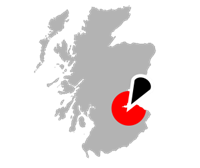
Edinburgh
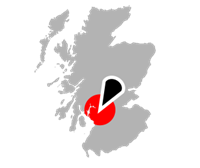
Glasgow
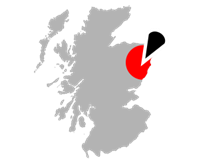
Aberdeen
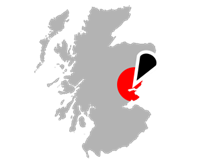
Dundee
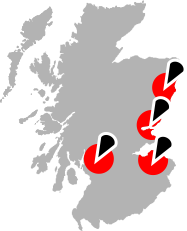
Edinburgh
Glasgow
Aberdeen
Dundee
Or use our contact form and we will get back to you within 24 hours
